 |
Sigma UK recently collaborated with the company Sent Into Space to send a pair of Sigma fp full frame mirrorless cameras into the upper atmosphere. Sigma 14mm F1.8 lenses were used on each camera. It’s a notable kit because it combines the world’s smallest and lightest full frame mirrorless camera with the brightest full frame 14mm prime lens available.
The Sigma fp cameras and 14mm F1.8 lenses were attached to weather balloons and sent up to an altitude of roughly 19 mi. (about 30.5km). At altitude, the cameras captured high-resolution photos and 4K RAW video of Earth.
No good marketing operation is complete without stunning media to share with prospective customers. Sigma UK published a video to document the process of sending Sigma fp cameras into near space and show off the amazing results of the project.
The launches took place in Sheffield and the first Sigma fp to gain altitude was dedicated to recording 12-bit 4K UHD Raw video and the second camera was dedicated to capturing 24.6MP still images. Each camera was part of a kit that includes on-board equipment to provide data and telemetry back to the Sent Into Space team back on the ground.
The balloons, filled with hydrogen, expand considerably during the ascent. As the atmosphere gets thinner, the gas inside the balloon tries to escape to fill the vacuum. At a certain altitude, the balloon will fail and burst, and the equipment will return to the surface aided by onboard parachutes. As Chris Rose of Sent Into Space points out in the video above, the payload will actually descend at up to 250 mph before the atmosphere gets thick enough to act against the parachute.
Each camera was sent into space with an attached 2TB SSD drive. Even with that much storage capacity, the fp couldn’t record 4K UHD RAW video for the entire flight. The stills camera was set up with an interval timer to capture a still image every five seconds for the entire journey.
To learn more about the Sigma fp, head to our First Impressions. For more on the Sigma 14mm F1.8 DG HSM Art lens and its applications for space photography, check out Jose Francisco Salgado’s ‘Astrophotography with the Sigma 14mm F1.8 Art lens’ article.
(DIY Photography)
Articles: Digital Photography Review (dpreview.com)

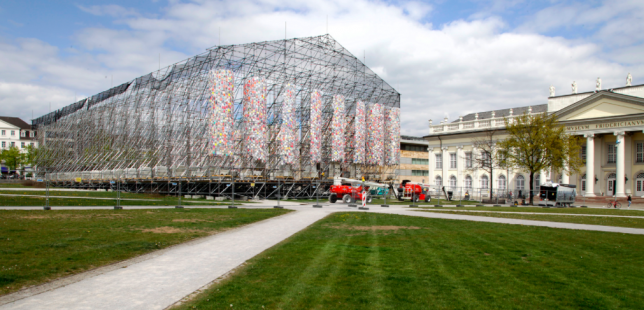

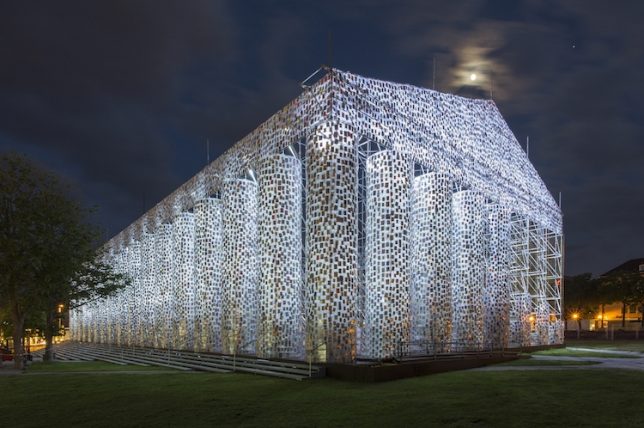
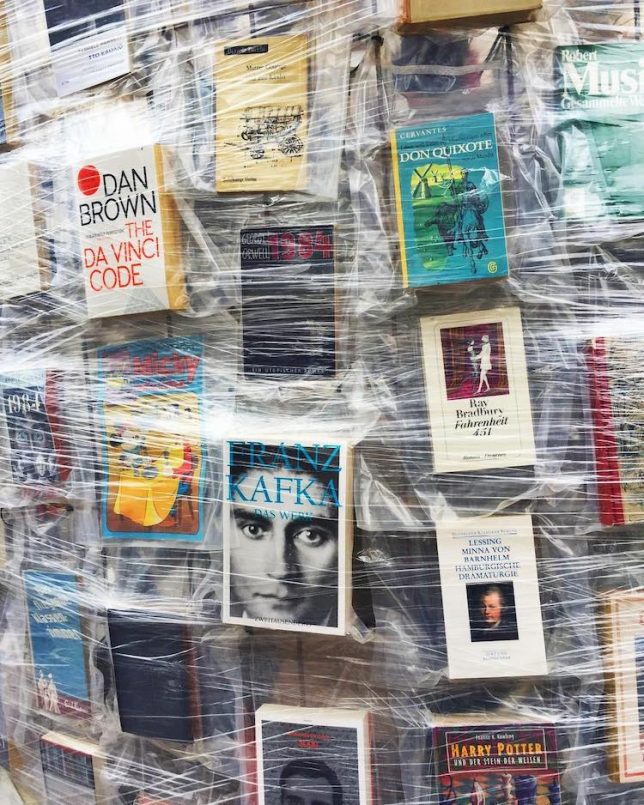





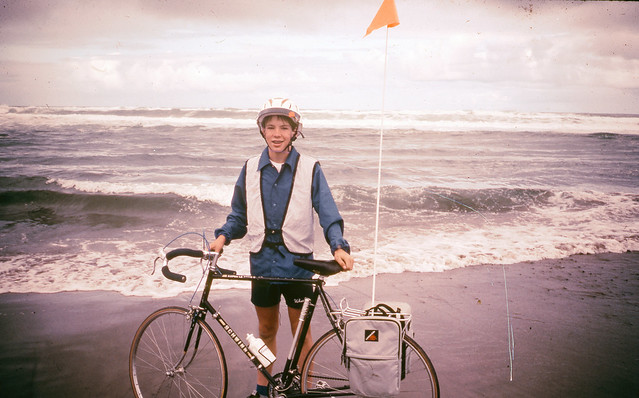
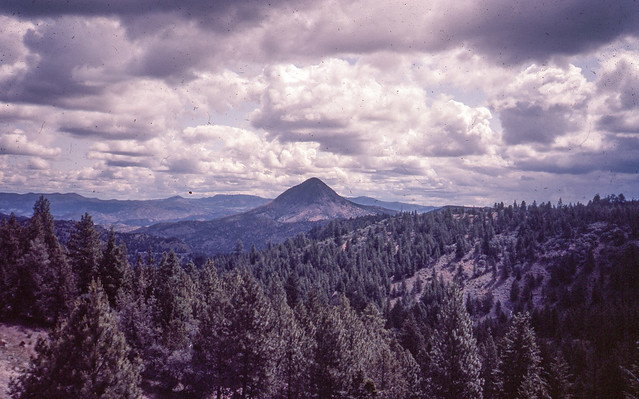
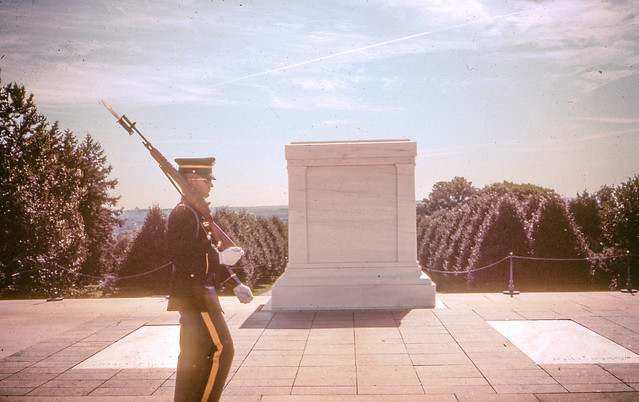
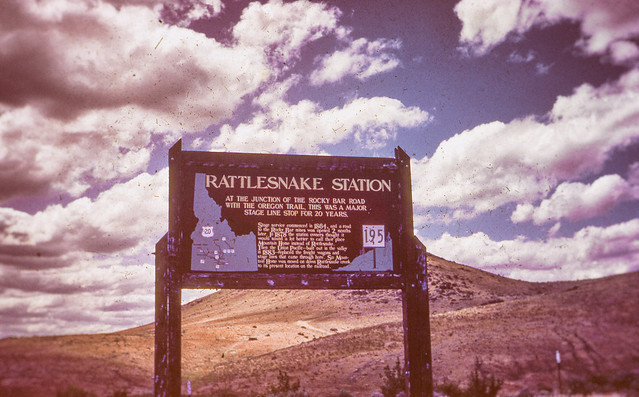
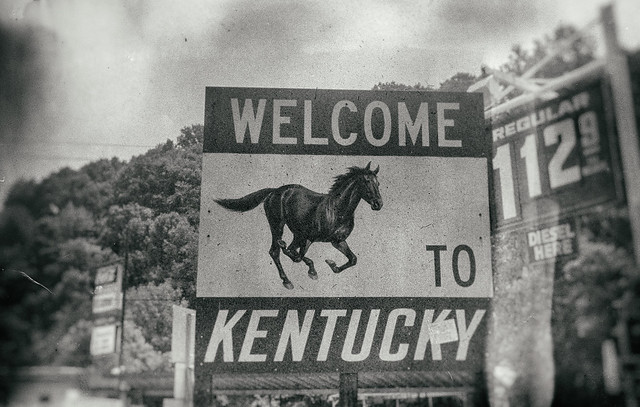
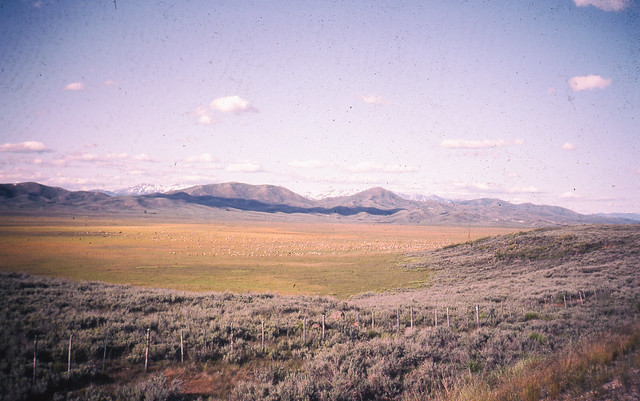







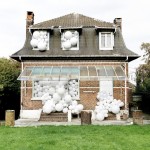
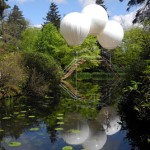





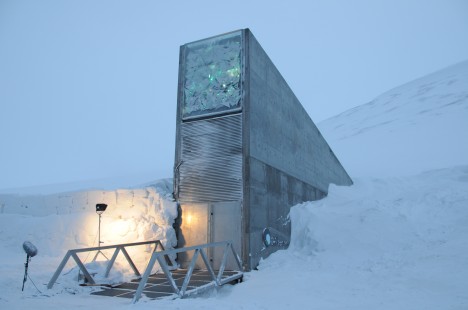
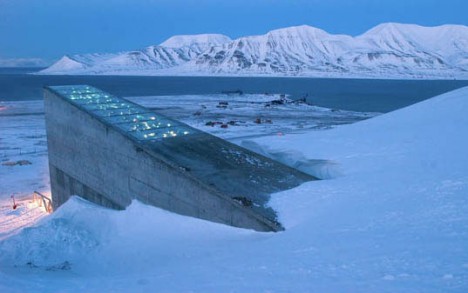
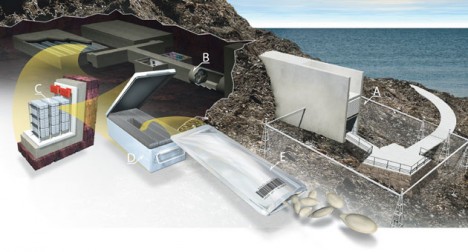
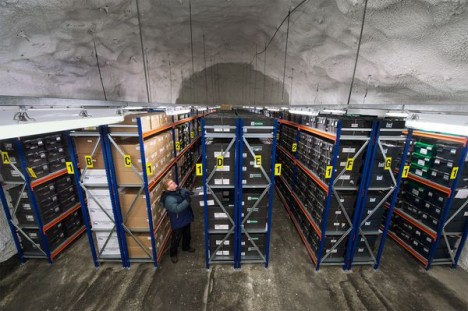













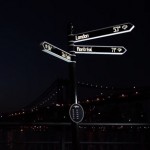








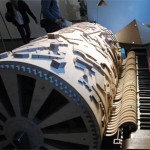
You must be logged in to post a comment.